All the elements are known, except for \$I_{g2}\$.
\$E_1=3V,E_4=10V,E_6=2V,E_8=1V,E_9=4V,I_{g7}=1mA,\$
\$R_1=1k\Omega,R_2=1k\Omega,R_3=1k\Omega,R_4=2k\Omega,R_5=4k\Omega,R_6=3k\Omega,R_9=6k\Omega\$
But we also know the current \$I_8=1.3mA.\$
The task is to calculate \$I_{g2}.\$
According to LTSpice software, \$I_{g2}=1mA\$.
What I did:
I transformed the whole circuit into Thevenin equivalent in regards to the branch with \$E_8\$.
It was a long and demanding process, but, in the end, I got \$I_{g2}=11mA\$ which is nothing close to \$1mA\$.
I rechecked everything I did a couple of times, but I just couldn't find the mistake.
I will recheck it a few more times, but I would like you to give me tips and your opinions on solving this, do you have any better ideas?
Edit:
So, here is the detailed procedure of my solution:
1) I redrew the circuit for easier calculations. The picture below shows the circuit for which I found the Thevenin's equivalent.
2) Then, I found the equivalent resistance between \$A\$ and \$B\$ by cancelling all the sources with their internal resistances. The picture below shows the circuit after the cancellation of sources.
Now, I calculated equivalent resistance by replacing \$R_1\$ and \$R_3\$ with \$R_{13}=R_1+R_3=2k\Omega\$. Then I applied delta-wye transformation to convert \$R_4R_5R_{13}\$ into \$R_{45}R_{134}R_{135}\$. After that, everything is obvious.
After a few calculations I got: \$R_T=R_e=\frac{10}{3}\Omega\$.
3) For calculating the voltage between \$A\$ and \$B\$ I applied superposition theorem and taken in account one source by one.
We can see the bridge is balanced, so \$E_1\$ has no impact on \$U_{AB}\$, so, in this case, \$U_{AB1}=0\$.
Using node-voltage analysis, I found that, in this case, \$U_{AB2}=-\frac{20}{3}V\$.
Again, using node-voltage analysis, \$U_{AB3}=-\frac{4}{3}V\$.
Again, using the same method, we get \$U_{AB4}=-\frac{4}{3}V\$.
Using current dividers, I got: \$U_{AB5}=-2V\$.
This is the part where I lost so much time, I found this circuit really complicated, but, solved it in the end using the combination of delta-wye transformation of \$R_4R_5R_{69}\$, compensation theorem and node-voltage analysis. Then, from the circuit I got, I calculated currents through \$R_1\$ and \$R_3\$ and then I used compensation theorem (replaced resistor \$R_1\$ with voltage source \$E_1=\frac{51}{84}I_{g2}\$ and resistor \$R_2\$ with voltage source \$E_3=\frac{33}{84}I_{g2}\$). After this, I used node-voltage analysis and in the end got \$U_{AB6}=\frac{4}{3}I_{g2}\$.
Then, I summed up all the voltages and got \$E_T=\frac{4}{3}I_{g2}-\frac{34}{3}\$
Now, finally, the equivalent circuit looks like this:

And, since we know that the current through that circuit is \$I_8=1.3mA\$, we get \$I_{g2}=11mA\$, which is incorrect.
I hope you can find the mistake somewhere.
Thank you for your time.
